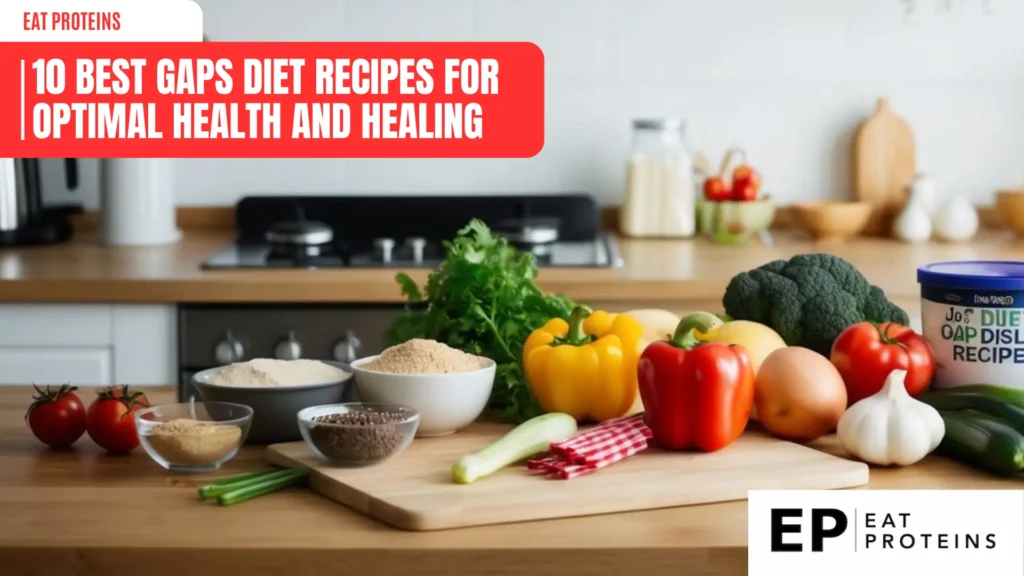
The GAPS diet is designed to improve gut health by focusing on nutrient-rich foods that promote healing. It emphasizes the importance of eliminating certain foods that may cause digestive issues while incorporating nourishing options. In this article, I will share the 10 best GAPS diet recipes that are not only delicious but also supportive of gut health.
By exploring these recipes, you can discover tasty dishes that fit the GAPS diet guidelines. Each recipe is crafted to provide wholesome ingredients and flavors that make healthy eating enjoyable and satisfying. Whether you are new to the diet or looking for fresh ideas, these meals can enhance your culinary experience while nurturing your body.
1. Chicken Broth
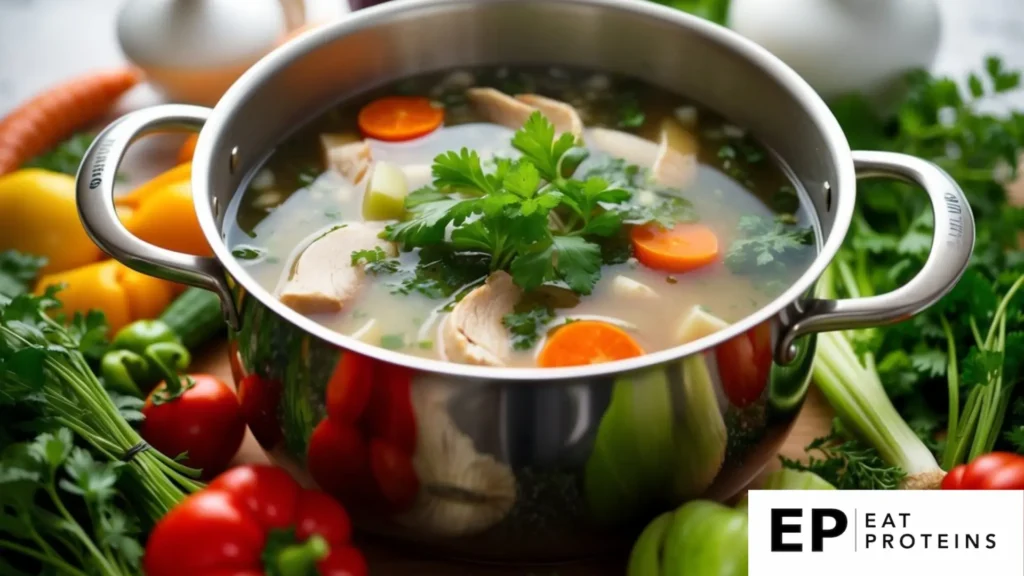
Chicken broth is a flavorful liquid made by simmering chicken, vegetables, and spices in water. It is nutritious and easy to make at home.
To prepare chicken broth, I use a whole chicken or chicken parts with bones for the best flavor. I add aromatics like onions, carrots, and celery. The process is simple and requires just a few steps.
- Gather Ingredients: I collect 1 whole chicken (or 2-3 pounds of chicken parts), 2 chopped carrots, 2 chopped celery stalks, 1 onion (quartered), 2-3 garlic cloves, and herbs like thyme and bay leaves.
- Combine: I place the chicken and vegetables in a large pot.
- Add Water: I cover everything with about 10-12 cups of water, ensuring the chicken is submerged.
- Simmer: I bring it to a boil, then reduce the heat and let it simmer for 4-6 hours.
- Strain: Once done, I strain the broth to remove solids, letting it cool before storing.
This broth can be used in various recipes or enjoyed on its own. It’s a staple in many diets, including the GAPS diet.
2. Coconut Flour Pancakes
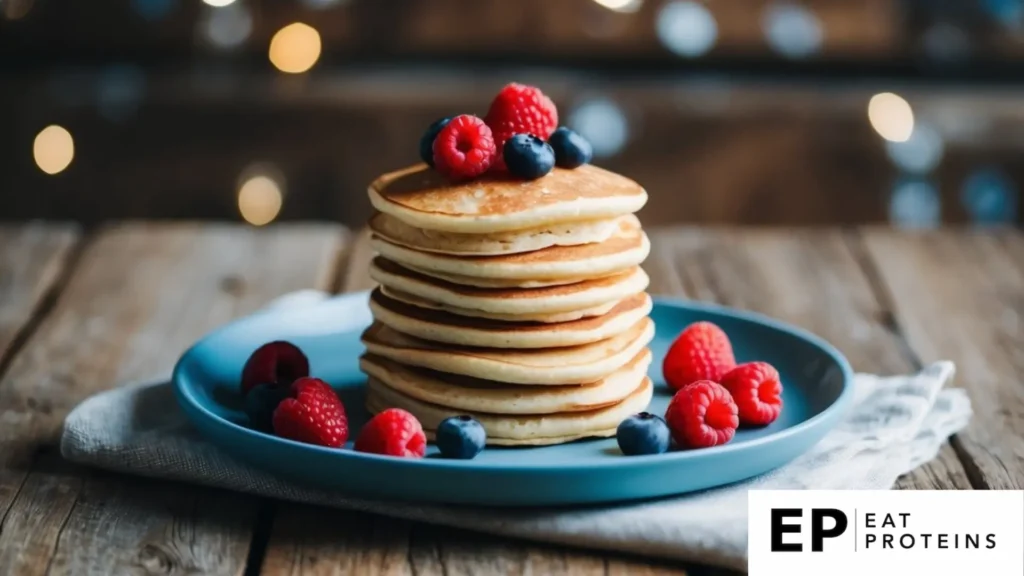
Coconut flour pancakes are a delicious and healthy option for breakfast. They are made from coconut flour, which is a gluten-free flour made from dried coconut meat. This flour adds a subtle coconut flavor and is rich in fiber.
I find these pancakes easy to make. They require just a few simple ingredients, and the process is quick.
Here’s how I prepare them:
- In a bowl, I mix 1/2 cup of coconut flour, 1/4 teaspoon of salt, and 1/4 teaspoon of baking soda.
- I add 4 eggs and 1 cup of milk (or milk alternative) to the dry mix and stir until smooth.
- I heat a skillet over medium heat and add a little oil or butter.
- Pour 1/4 cup of the batter onto the skillet for each pancake.
- I cook for about 2-3 minutes on each side, until they are golden brown.
These coconut flour pancakes are easy to customize. I like to add vanilla or cinnamon for extra flavor. Enjoy them with fresh fruit or maple syrup!
3. Fermented Carrot Sticks

Fermented carrot sticks are a nutritious snack. They are made by soaking carrots in a salty brine. This process allows beneficial bacteria to grow, which can aid digestion.
Making fermented carrot sticks is easy. I enjoy the process because it requires minimal ingredients. You only need fresh carrots, water, salt, and any spices you like.
Here’s how I make them:
- Peel and cut 4-5 medium carrots into sticks.
- In a bowl, mix 4 cups of water with 2 tablespoons of salt. Stir until dissolved.
- Place the carrot sticks in a clean jar. Add any spices, like dill or garlic, if desired.
- Pour the saltwater brine into the jar until the carrots are fully submerged.
- Cover the jar with a lid or a cloth and leave it at room temperature for about 5-10 days.
Check daily for flavor and to ensure the carrots stay submerged. Once they taste tangy enough, I move them to the fridge. These carrot sticks make a great crunchy snack or side dish.
4. Beef Stew
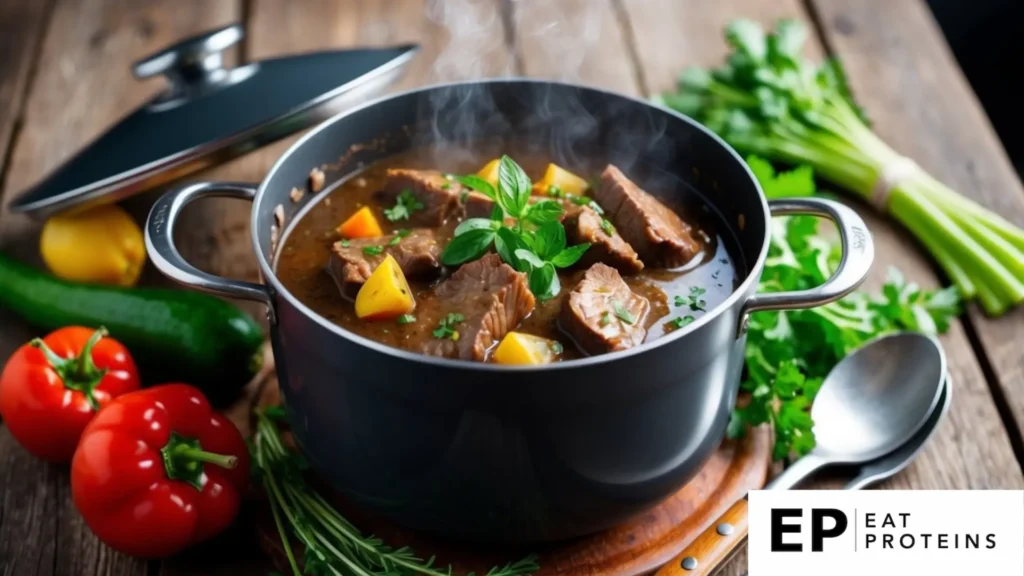
Beef stew is a hearty dish that combines tender beef with vegetables and flavorful broth. It’s perfect for a comforting meal.
Making beef stew is quite easy. It requires basic cooking skills and simple ingredients you can find at any grocery store.
Here’s how I make it:
- Start by cutting 2 pounds of beef into 1-inch pieces.
- In a large pot, heat 2 tablespoons of oil over medium heat. Add the beef and brown it, about 5-7 minutes.
- Next, add 1 chopped onion, 3 sliced carrots, and 3 sliced potatoes. Cook for another 5 minutes.
- Pour in 4 cups of beef broth and add 2 teaspoons of salt, 1 teaspoon of black pepper, and herbs like thyme or bay leaves.
- Bring to a boil, then reduce heat and let it simmer for 1.5 to 2 hours until the beef is tender.
This dish is filling and full of flavor. It’s great for meal prep and can be stored in the fridge for several days.
5. Yogurt Cheesecake
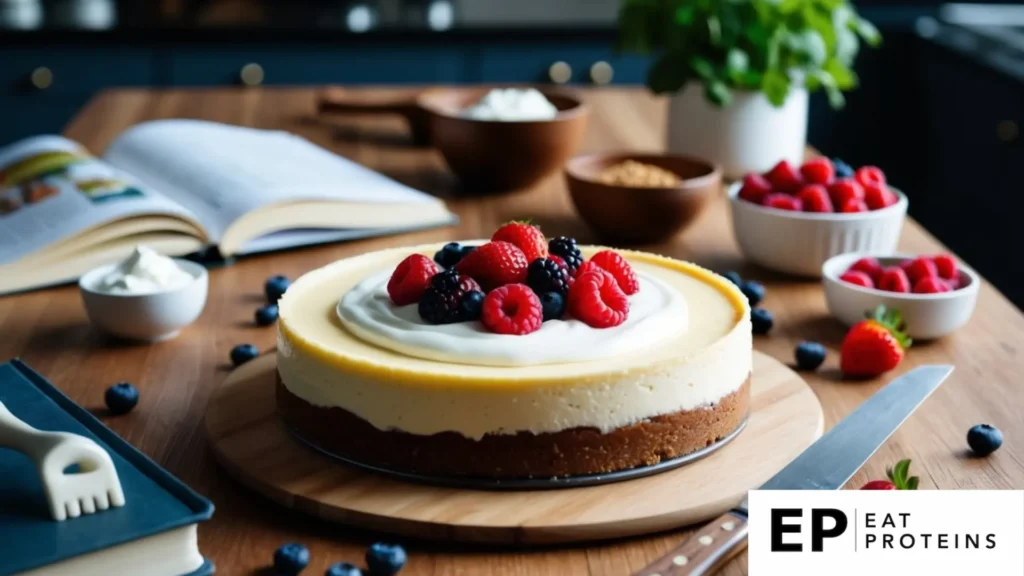
Yogurt cheesecake is a delicious dessert that uses yogurt instead of cream cheese. This makes it a lighter option with a creamy texture.
Making yogurt cheesecake is easy and doesn’t take much time. I often enjoy preparing it for family gatherings.
Here are the steps I follow:
- Ingredients: I gather 2 cups of Greek yogurt, 1 cup of sugar, 2 eggs, and 1 teaspoon of vanilla extract.
- Crust: In a bowl, I mix 1 ½ cups of crushed graham crackers with ½ cup of melted butter.
- Combine: I blend the yogurt, sugar, eggs, and vanilla in a separate bowl until smooth.
- Mix: Then, I fold the yogurt mixture into the crust until evenly combined.
- Bake: I pour the mixture into a springform pan and bake at 325°F for 45 minutes.
- Chill: After baking, I let it cool, then refrigerate for at least 4 hours before serving.
This yogurt cheesecake is a refreshing treat that fits well within the gaps diet. It’s simple, tasty, and satisfying!
6. Kefir Smoothie
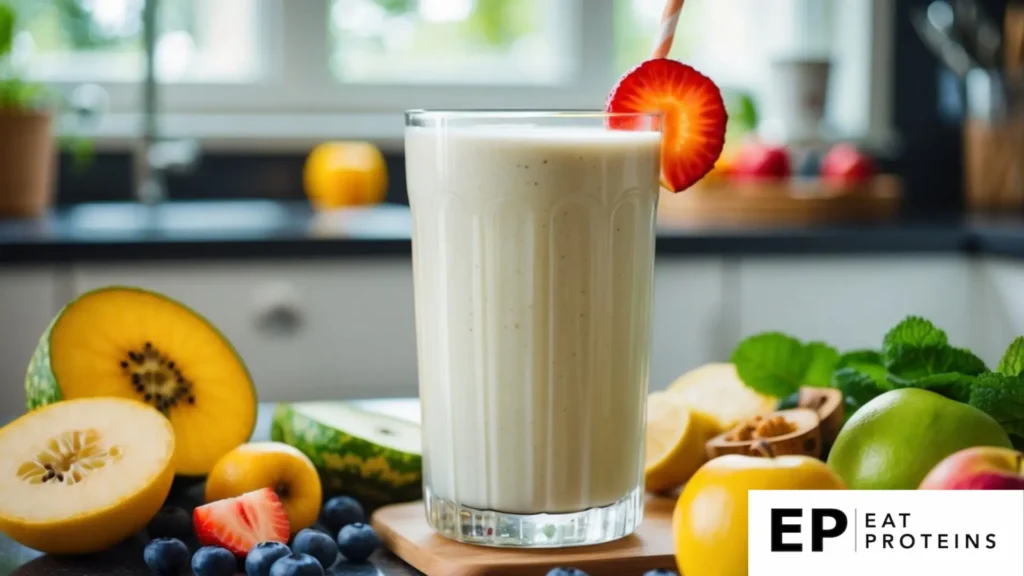
I find that kefir smoothies are a delicious and nutritious option for the GAPS diet. Kefir is a fermented drink made from milk or water that is rich in probiotics, which can support gut health.
Making a kefir smoothie is simple and quick. Here are the steps I follow:
- Gather Ingredients: I use 1 cup of kefir, 1 banana, and a handful of spinach. I might add a tablespoon of honey for sweetness.
- Blend: I put all the ingredients into a blender. I blend until the mixture is smooth and creamy.
- Serve: I pour the smoothie into a glass. It’s ready to drink immediately.
These smoothies are versatile. I can adjust the fruit based on what I have. Using berries or mango instead of banana adds different flavors and nutrients.
Kefir smoothies provide a great way to incorporate probiotics into my diet. They help me feel satisfied while following the GAPS guidelines.
7. Liver Pâté
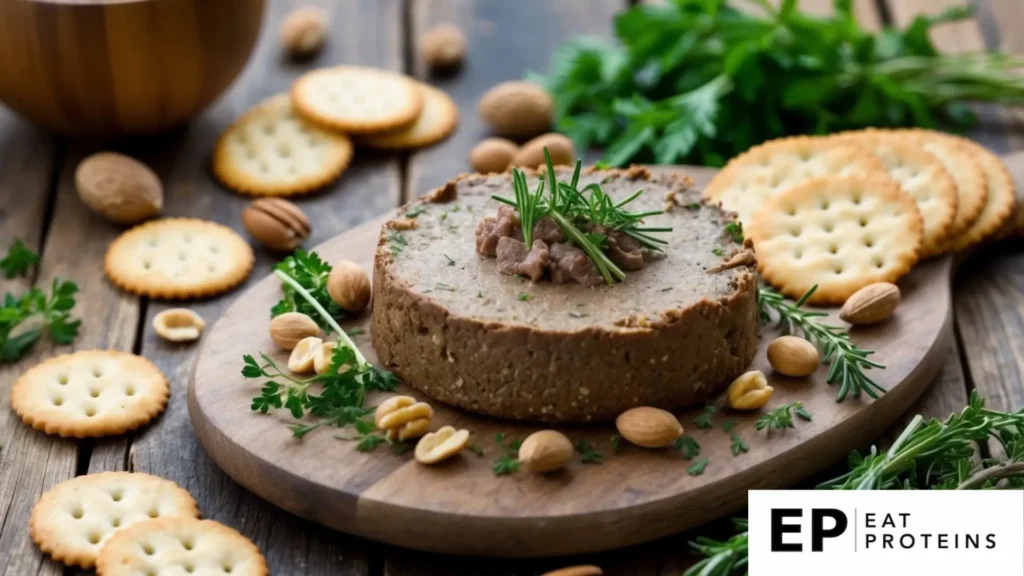
Liver pâté is a smooth spread made from liver, usually from chicken or beef. It is rich in nutrients and flavor. Making it at home is quite simple.
To prepare liver pâté, I start with 500 grams of liver, 1 onion, and 100 grams of butter. I also gather salt, pepper, and herbs for seasoning.
- First, I clean the liver and chop the onion.
- In a pan, I melt the butter and sauté the onion until it becomes soft.
- Next, I add the liver and cook it until it’s no longer pink, about 5-7 minutes.
- I let the mixture cool slightly before blending it until smooth.
- Finally, I season it with salt, pepper, and herbs to taste.
I pour the pâté into a container and refrigerate it. After a few hours, it’s ready to enjoy on bread or crackers.
8. Cauliflower Rice

I find cauliflower rice to be a versatile and healthy alternative to traditional grains. It is made by grating or processing cauliflower into small, rice-sized pieces. This option is low in carbohydrates and can be used in various dishes.
Making cauliflower rice is quite easy. First, I remove the leaves and stem from the cauliflower. Then, I cut it into florets. After that, I grate it using a box grater or pulse it in a food processor until it resembles rice.
To cook cauliflower rice, I follow these simple steps:
- Heat a tablespoon of oil in a skillet over medium heat.
- Add the riced cauliflower to the skillet.
- Sauté for about 5 to 7 minutes, stirring frequently, until it becomes tender.
I sometimes season it with salt, pepper, or my favorite spices to enhance the flavor. Adding vegetables or herbs can make it even tastier. This dish can be used as a base for stir-fries, grain bowls, or salads, making it a great choice for my meals.
9. Squash Soup
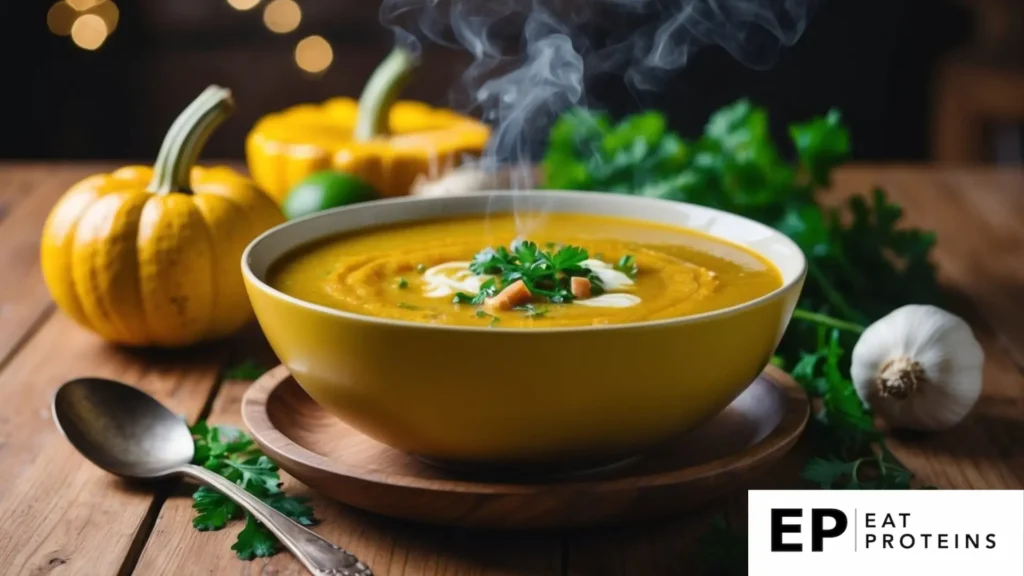
Squash soup is a flavorful dish made primarily from squash, often blended into a smooth texture. It’s nutritious and fits well into the gaps diet. I find it easy to prepare, making it a great choice for a quick meal.
To make squash soup, I start by gathering my ingredients: one medium squash, onion, garlic, vegetable broth, and spices.
Here are my steps:
- Peel and chop the squash into cubes.
- In a pot, sauté one chopped onion and two minced garlic cloves until soft.
- Add the squash cubes to the pot and pour in four cups of vegetable broth.
- Bring to a boil, then reduce the heat and let it simmer for about 25 minutes until the squash is tender.
- Use an immersion blender to puree the soup until it’s smooth.
- Season with salt, pepper, and any preferred herbs.
This easy recipe creates a warm and comforting meal that’s perfect for any day. It’s a simple way to enjoy squash, especially when looking for healthy options.
10. Ginger Tea
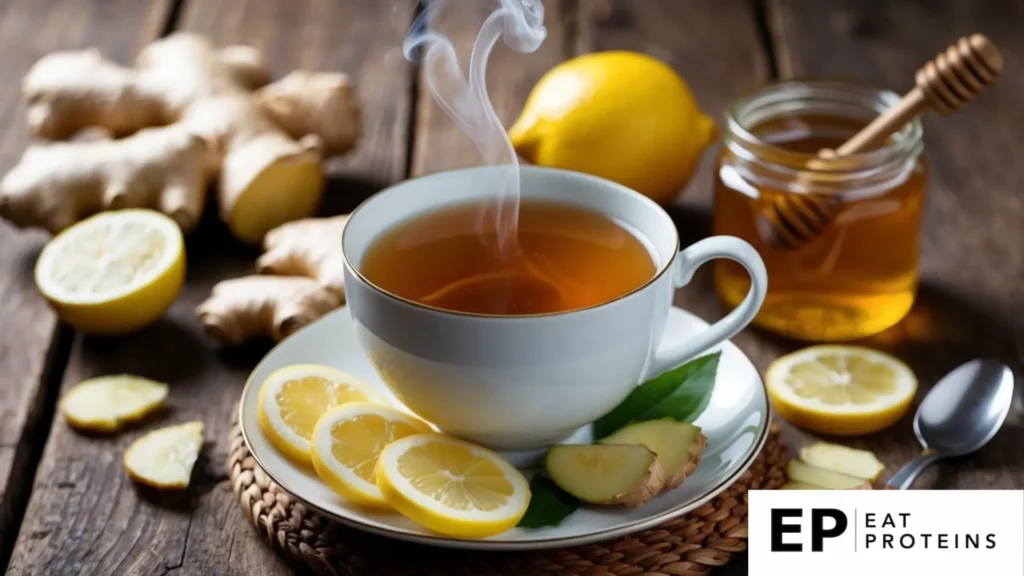
Ginger tea is a simple and soothing drink. It is made by steeping ginger root in hot water. This tea is known for its warm flavor and possible health benefits.
I find it very easy to make ginger tea at home. Here are the short steps I follow:
- Start with a small piece of fresh ginger root. About 1-2 inches is good.
- Peel the ginger skin off with a spoon or knife.
- Slice the ginger into thin pieces.
- Boil 2 cups of water in a pot.
- Add the ginger slices to the boiling water.
- Reduce the heat and let it simmer for about 10-15 minutes.
- Strain the tea into a cup to remove the ginger pieces.
- Optionally, add honey or lemon for flavor.
I enjoy ginger tea any time of day. It’s a great addition to the gaps diet.
What Is the GAPS Diet?

The GAPS Diet focuses on gut health and nutrition. It is based on the idea that many health issues stem from an unhealthy gut. I will explain what the GAPS Diet is and explore its benefits.
The GAPS Diet stands for Gut and Psychology Syndrome. It was created by Dr. Natasha Campbell-McBride. This diet aims to improve gut health by eliminating certain foods and including others.
The diet starts with a strict elimination phase. This means avoiding grains, sugars, and processed foods. Instead, I focus on bone broth, vegetables, and animal fats.
After the initial phase, I gradually reintroduce foods. This helps me identify any triggers for digestive issues. The diet is divided into specific stages, each allowing different foods. With time, I aim to heal my gut and recover my health.
What Are the Benefits of the GAPS Diet?
There are several benefits of following the GAPS Diet.
First, many people notice improvements in digestive health. This includes fewer bloating and gas issues. I have found that this diet reduces symptoms linked to gut dysbiosis.
Second, the GAPS Diet may help with mental health. Some studies suggest a connection between gut health and mental well-being. I have read that a healthy gut can lead to better mood and focus.
Additionally, the diet promotes better nutrient absorption. This means my body can utilize vitamins and minerals more effectively. Over time, some followers report improving their autoimmune conditions.
What Are the Fundamental Ingredients for GAPS Recipes?
In GAPS cooking, selecting the right ingredients is key to the success of my meals. Focus on nourishing and wholesome foods that align with the diet’s guidelines. Below, I detail essential ingredients and approved foods, along with suitable substitutions.
What Are the Essential Ingredients for GAPS Recipes?
For GAPS recipes, I prioritize fresh vegetables, high-quality meats, and fermented foods. Specific ingredients include:
- Bone Broth: This is a cornerstone for many GAPS meals, providing nutrients and flavor.
- Vegetables: Carrots, zucchini, and leafy greens are excellent choices. They are allowed in moderation.
- Fermented Foods: Sauerkraut, kimchi, and yogurt support gut health.
- Healthy Fats: Olive oil and ghee are my go-to fats for cooking and dressings.
Choosing organic where possible ensures the purity of these ingredients. This helps me avoid additives that could disrupt the diet’s healing process.
What Are the Approved Foods and Substitutions in the GAPS Diet?
When following the GAPS diet, I have a variety of approved foods and effective substitutions. For grains, I opt for:
- Nut Flours: Almond flour and coconut flour serve as alternatives for traditional flour.
- Sweeteners: Honey is the best option for sweetness, avoiding refined sugar.
- Dairy Products: I can use full-fat, fermented dairy, like kefir or cheese, which are easier to digest.
If a recipe calls for a specific ingredient that isn’t allowed, I look for alternatives that keep the dish aligned with the GAPS principles. My substitutes are not only nutritious but also help retain the flavor and texture in my meals.
How Can I Cook GAPS Recipes?
When preparing GAPS diet recipes, it helps to use specific techniques and plan ahead. Below are important strategies for meal preparation and batch cooking that can enhance your cooking experience.
How Do I Prepare Meals for the GAPS Diet?
I focus on using fresh and high-quality ingredients when I prepare GAPS recipes. Always choose organic and grass-fed options when you can. These ingredients not only taste better but also support my health.
Before cooking, I like to wash and chop all vegetables. This step makes the cooking process smoother. Having everything ready helps me manage my time more effectively.
I also recommend using bone broth as a base for many dishes. It adds flavor and is packed with nutrients. If I make a soup or stew, I always include plenty of herbs and spices to boost the taste.
How Do I Batch Cook for the GAPS Diet?
Batch cooking is one of my favorite ways to save time. I prepare larger portions of GAPS recipes and store leftovers for later. This way, I have meals ready when I need them.
I use glass containers for storage. They keep my food fresh and are easy to reheat. When I batch cook, I try to freeze portions in individual servings. This method is especially handy for soups and stews.
Also, I label my containers with dates and contents. This practice helps me keep track of what I have. When I’m busy, having pre-prepared meals makes sticking to the GAPS diet more manageable.
How Can I Support My Health with Supplements?
Taking care of my health through diet involves understanding my body’s needs. I find it essential to focus on gut health and balance nutrition for overall wellness. These aspects can enhance the effectiveness of a diet.
How Do I Maintain Gut Health on the GAPS Diet?
To support gut health, I prioritize consuming foods rich in fiber, such as fruits, vegetables, and whole grains. Fiber aids digestion and promotes regularity. I also include fermented foods like yogurt, kefir, and sauerkraut. These foods introduce beneficial probiotics, which help maintain a healthy gut microbiome.
Staying hydrated is equally important. I aim for at least eight glasses of water a day. Proper hydration supports digestion and nutrient absorption. Additionally, I limit processed foods high in sugar and fat, as they can disrupt gut balance. By making these choices, I help my gut function optimally.
How Do I Balance Nutrition on the GAPS Diet?
Balancing nutrition means ensuring I get a variety of nutrients from different food groups. I focus on including lean proteins, healthy fats, and complex carbohydrates in my meals. Foods like chicken, fish, beans, and nuts provide essential proteins and fats.
I also make a point to eat a rainbow of vegetables. This not only makes my meals colorful but also ensures I get a range of vitamins and minerals. I pay attention to portion sizes as well, helping to manage my calorie intake while still getting sufficient nutrients.
Incorporating multivitamins can be beneficial if dietary gaps persist. I look for high-quality supplements that complement my diet and address any deficiencies. By focusing on these practices, I support my overall health effectively.
